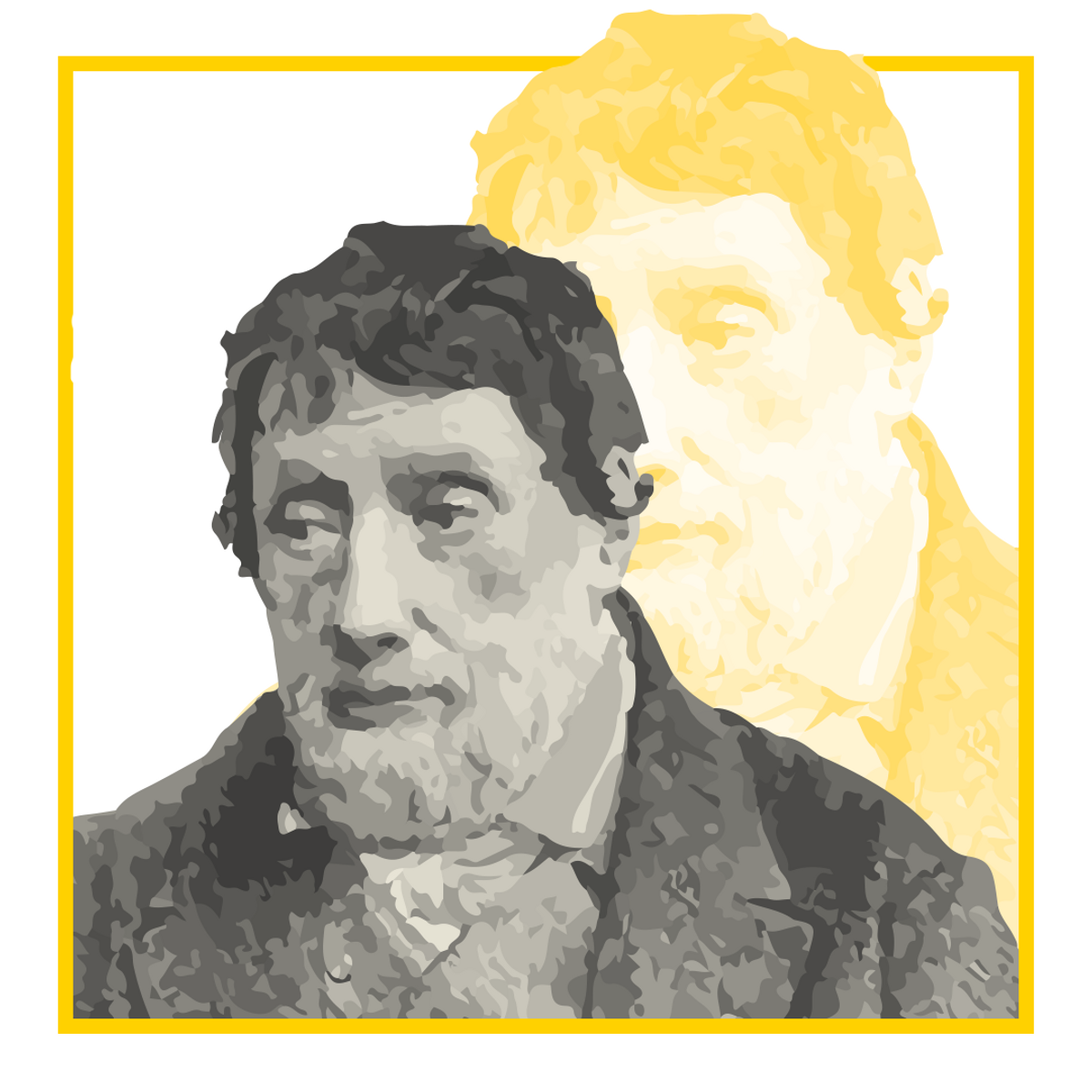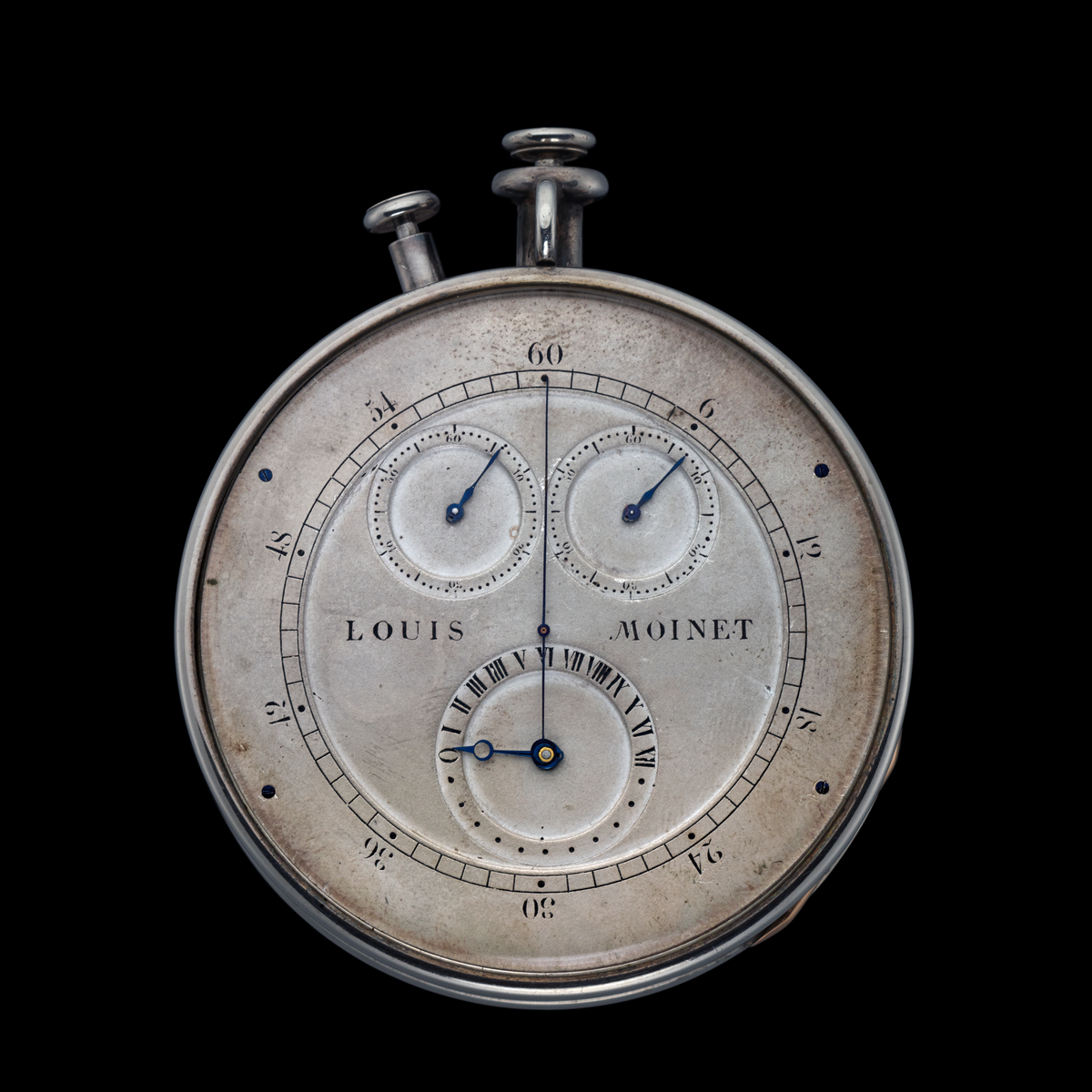Louis Moinet was a man of art and science. Born in 1768 to a well-off farming family in Bourges, he developed an early interest in watchmaking and spent much of his free time with a master watchmaker. But art was his first love and, at the age of twenty, Louis Moinet fulfilled his dream of visiting Italy, travelling first to Rome then to Florence. It was here that he studied architecture, sculpture and painting, and learned how to carve gemstones. On his return to France, he embarked on an academic career as a teacher at the Louvre’s Academy of Fine Arts. Moinet was a member of the most eminent scientific and literary societies, where he mingled with the movers and shakers of the day – the likes of astronomer Jérôme Lalande, bronzier Pierre-Philippe Thomire and automata-maker and father of modern magic, Jean-Eugène Robert-Houdin – all the while pursuing his theoretical and practical study of time measurement. By 1800 Louis Moinet was devoting almost all his thoughts and energy to watchmaking and spent long periods in the Swiss Jura and the Vallée de Joux. In Paris, he was named President of the Société de Chronométrie and kept regular contact with his contemporaries, including Louis Berthoud, Antide Janvier, Louis-Frédéric Perrelet and the king’s horologist, Benjamin Vulliamy. His closest ties, however, would be with Abraham-Louis Breguet; the two men struck up a firm friendship. Moinet even served as Breguet’s secretary for a number of years, with the aim of writing a treatise that would set down Breguet’s ideas in watchmaking. While the project never came to fruition, numerous manuscripts survive.
Louis Moinet made precision instruments for maritime, astronomical and civil use. These included a number of remarkable clocks with bronze ornamentation by Thomire whose prestigious buyers included Presidents Thomas Jefferson and James Monroe, Maréchal de Ney, Napoleon Bonaparte and King George IV, together with many other crowned heads of Europe. Moinet mastered both the theory and mechanics of watchmaking, and had made for his own use an alarm watch movement with a louder ring, two watch movements with a twelve-tooth pinion for improved precision during temperature changes, and a toothed mainspring for more efficient transfer of energy. His other inventions include a “parabolic” clock with a continuous circular pendulum that improved isochronism, a shock absorber system and, most importantly, a ruby-mounted escapement beating at 216,000 vibrations per hour that was precise to 1/60th of a second. This revolutionary invention would become the Compteur de Tierces – the first ever chronograph, built between 1815 and 1816 by Jean-Nicolas Fortin, a watchmaker employed by Abraham-Louis Breguet, with Breguet’s permission. This unique object, which Louis Moinet devised for astronomical observations and which he describes in his 1848 Traité d’Horlogerie, reappeared at auction in 2013.
1806
A clock made for Napoleon Bonaparte incorporates a musical mechanism and an eight-day movement displaying the hours, minutes and date. It has the unusual feature of a moonphase indication in the form of an ivory bead set in the date hand.
1815-1816
Compteur de Tierces for making astronomical observations. The first ever chronograph, it beats at 216,000 vibrations per hour and is precise to 1/60th of a second.
1848
Publication of Moinet’s Nouveau traité général élémentaire, pratique et théorique d’horlogerie pour les usages civiles et astronomiques.

